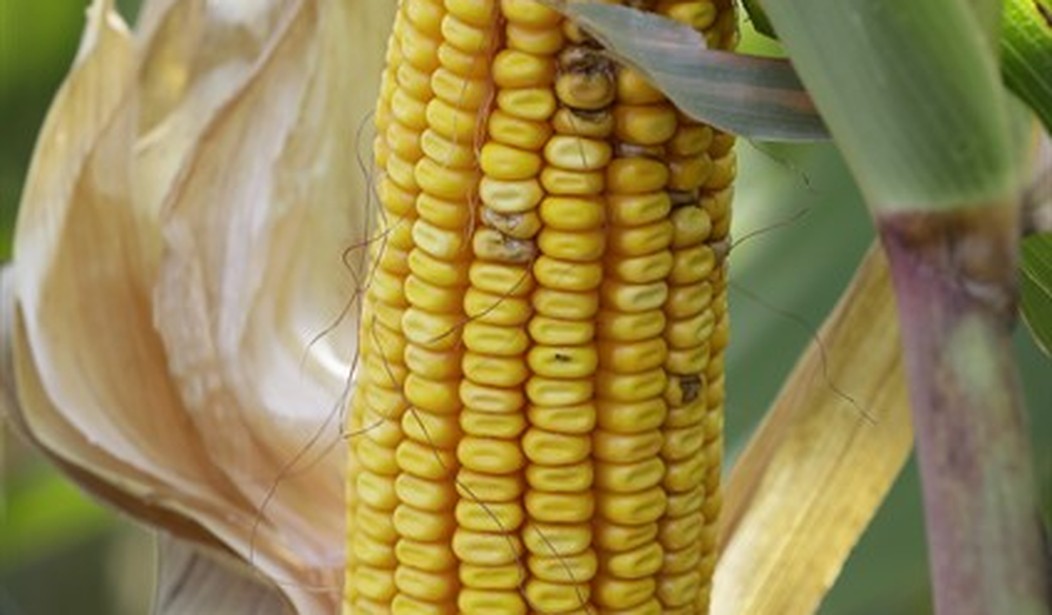GMO: The Origin
The first great revolution of mankind was the Agricultural Revolution, which began about 10,000 years ago. This great change saw humans go from primarily hunting and gathering to farming, and produced the first great divisions of labor, the first towns and cities, and the first organized governments. A large part of what made agriculture work was the fact that people selectively bred plants and animals to produce more, higher-quality food.
That process is still happening today. The tools have changed; we can now modify crop plants genetically, producing genetically modified organisms – GMOs. A lot of pixels have been spilled on how dangerous GMO crops are. But the facts are that GMOs that are in use today are safe and have incredible potential to ease human suffering and hunger around the globe.
GMOs are relatively new and, like anything new, there are conflicting viewpoints about many issues surrounding the use of these plants. One area that draws a lot of attention is whether these GMO plants and the foods that contain them are safe to eat. There is no data to indicate that consumption of GMOs is bad for human health.
How do we know? GMOs have undergone more detailed evaluation than any other group of plants that we consume. In almost all cases, GMOs differ from a conventional plant by the addition of just one or two genes that produce one or two new proteins. The origin and function of these proteins are well understood. For example, the proteins are studied to make sure they do not have any characteristics that are likely to cause allergic reactions. The National Academy for Science, the United States’ number one source for independent, objective advice to the nation on matters of science and technology, concluded that GMOs are safe for human health. The same conclusion has been reached by a large number of prestigious health and science organizations from around the world. In addition, over the two decades that GMOs have been on the market, there have been no occurrences of health issues due to genetically modified organisms.
GMO: The Controversy
So why are GMO plants, in particular, so feared by large segments of the population? There are a couple of reasons.
First, it is no secret that schools have done a lousy job of general science education in this country for several generations. Just listen to any politician whining that we should “listen to science,” or that “science says this,” or “science will win!” Science isn’t an ideology, and it isn’t some magical entity that makes pronouncements; science is a tool, a method for examining data and arriving at theories to explain that data. And the school systems in the country haven’t been doing even an adequate job of teaching the scientific method for years.
For instance: It’s important to note that the term “theory” as used in the scientific method is not the same as in general parlance. The proper definition is this: A coherent group of propositions formulated to explain a group of facts or phenomena in the natural world and repeatedly confirmed through experiment or observation.
Repeatedly confirmed. Remember that.
Second, even as GMO grains have huge potential to provide food for areas with only marginally tillable lands, well-meaning first-world activists constantly seek to prevent use of those grains. Take C4 rice, for example. While some plants use C3 photosynthetic pathways, others use C4 pathways, meaning they are much more efficient at turning sunlight and minerals into sugars and carbohydrates – food. Rice and wheat use a C3 pathway, but if we can engineer them to use C4, we could get a 50 percent increase in yield with fewer inputs. That has the potential to be world-changing. Another example is golden rice, which is engineered to produce beta-carotene, which can prevent many vitamin-A deficiencies resulting in visual problems and even blindness.
But activists, largely in the EU, still seek to prevent use of GMO grains. Big, well-funded international groups, like Greenpeace, also agitate against GMO crops.
The real tragedy in all this is that GMO crops like golden rice could solve food shortages all over the Third World by producing high-yield crops that can be more easily grown on the marginal lands that many Third World nations seem to be cursed with. But well-meaning yet ignorant activists in the U.S. and Europe campaign against these crops for no good reason.
GMO: The Future
The use of GMO crops is increasing. And the policy-making advice, as it comes in, while still encouraging risk evaluation, is arguing to support the use of GMO crops:
It seems that rather than worrying about the GMO food safety and environmental sustainability, the world should be worried by the increasing global population that is expected to exceed 9 billion by 2050, leaving the world short of food supply by over 70%. The population pressure, coupled with corrupt leadership in developing countries, is more concerning to sustain humanity. Worrying only about the issues of the populations in the developed world and ignoring those of the developing countries will make the world pay steeper and real prices than just a worry about uncertainties in a particular technology. Developed countries have already started dealing with immigration crises by people escaping the corrupted leaderships in Africa, Asia, and the rest of the continents. Increasing food production and health services with all the available technologies including GE should be the way forward.
Full disclosure: As I’ve mentioned before, my undergraduate education was as a biologist, and I’ve stayed current. I understand the scientific method and how it’s supposed to work. And in my consulting career, I have had occasion to work with biotech companies, although not those involved in GMO food crops. So I think I have a solid grasp of the topic.
Current data indicates that GMOs do not present any health hazard. Current data also indicates that GMO crops have enormous potential to resolve food production problems all over, especially in the Third World, and most especially on land that is now marginal for crop-growing. Were the environmental activists really concerned with human suffering, they should support, not oppose, this technology.













